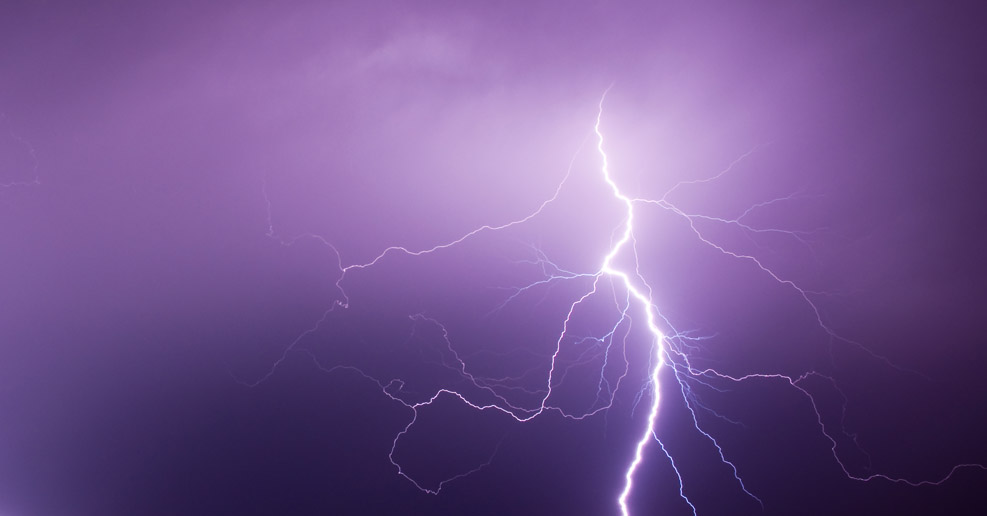About Stroke
Of course I’m not having a stroke, I wanted to tell the paramedic. Strokes are for the elderly, for smokers, for overweight couch potatoes. I’m forty-eight years old, fit and perfectly healthy. But the words were trapped in my head.
Excerpt from Scrambling Back

A healthy brain needs a steady flow of oxygen delivered through blood vessels. A stroke is what happens when blood flow to the brain is interrupted by a clot or bleeding from a ruptured blood vessel into the brain.
A stroke is an acute medical emergency and should be treated as quickly as possible by calling 9-1-1, even if symptoms don’t seem life threatening.
A stroke can injure the brain just as a heart attack can injure the heart. There are two types of stroke:
- Ischemic stroke is the most common type of stroke. It occurs when there is a sudden lack of blood flow to a part of the brain, usually due to a blood clot blocking an artery in the brain. Sometimes the artery is already clogged with plaques and fatty deposits (atherosclerosis).
- Hemorrhagic stroke, or bleeding in the brain, is caused by a broken or leaking blood vessel in the brain. A hemorrhagic stroke may also be caused by an aneurysm — a thin or weak spot in an artery that balloons out and can burst.
Recognizing the symptoms and acting FAST to get medical attention can save a life and limit disabilities.
Learn more about stroke symptoms, how to recognize them, how to respond quickly, and questions you should ask. Protect yourself and those you love by understanding and minimizing the risk factors for stroke including the “hidden risk factors” for stroke that especially affect women.
Learn more about stroke on the stroke resources page.
